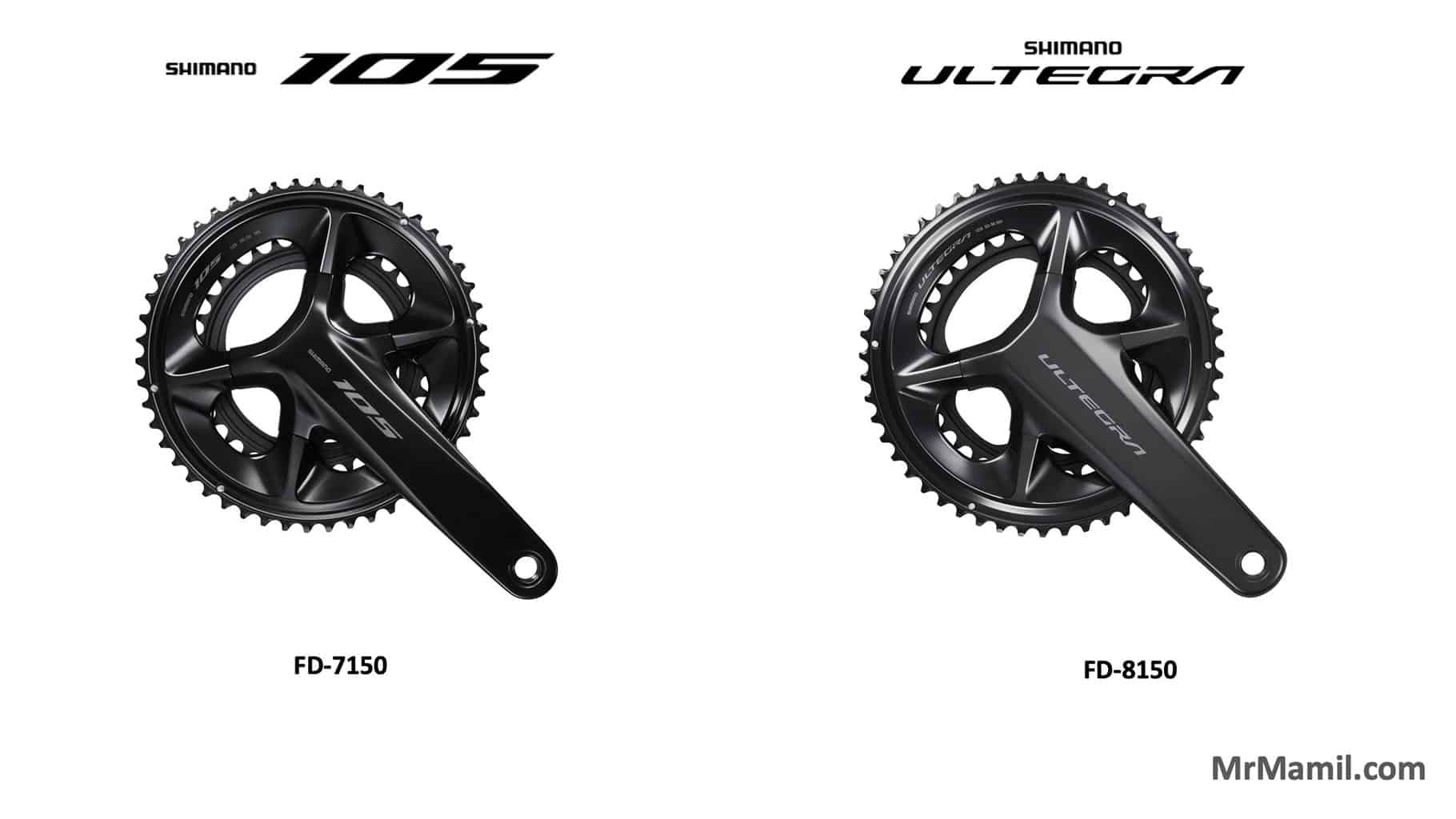
Alloy cranks are bicycle cranks made of an alloy, a mixture of two or more metals. The most common alloy used for bicycle cranks is aluminum alloy, which combines aluminum with other elements such as silicon, magnesium, or zinc.
Alloy cranks are usually lighter, stiffer, and cheaper than steel or carbon cranks.
The term alloy comes from the Latin word for mixture (alligare). It is a metallurgical term that describes how metals can be combined to create new materials with different properties and characteristics.
Alloy cranks are used in bicycle components, especially for road and mountain bikes. Alloy cranks are part of the bicycle’s drivetrain or transmission system, which converts the pedaling force into rotational motion and drives the rear wheel. Alloy cranks consist of two arms that attach to the pedals and the bottom bracket and a spider that holds the chainrings.
Some synonyms or related terms for alloy cranks are aluminum cranks or alloy crankset.
An example of alloy cranks in action is the Shimano 105 FC-R7100 crankset, a popular and affordable option for road bikes. It features a Hollowtech II design that uses hollow forged aluminum arms and a hollow aluminum axle to reduce weight and increase stiffness.

Alex Lee is the founder and editor-at-large of Mr. Mamil. Coming from a professional engineering background, he breaks down technical cycling nuances into an easy-to-understand and digestible format here.
He has been riding road bikes actively for the past 12 years and started racing competitively in the senior category during the summer recently.